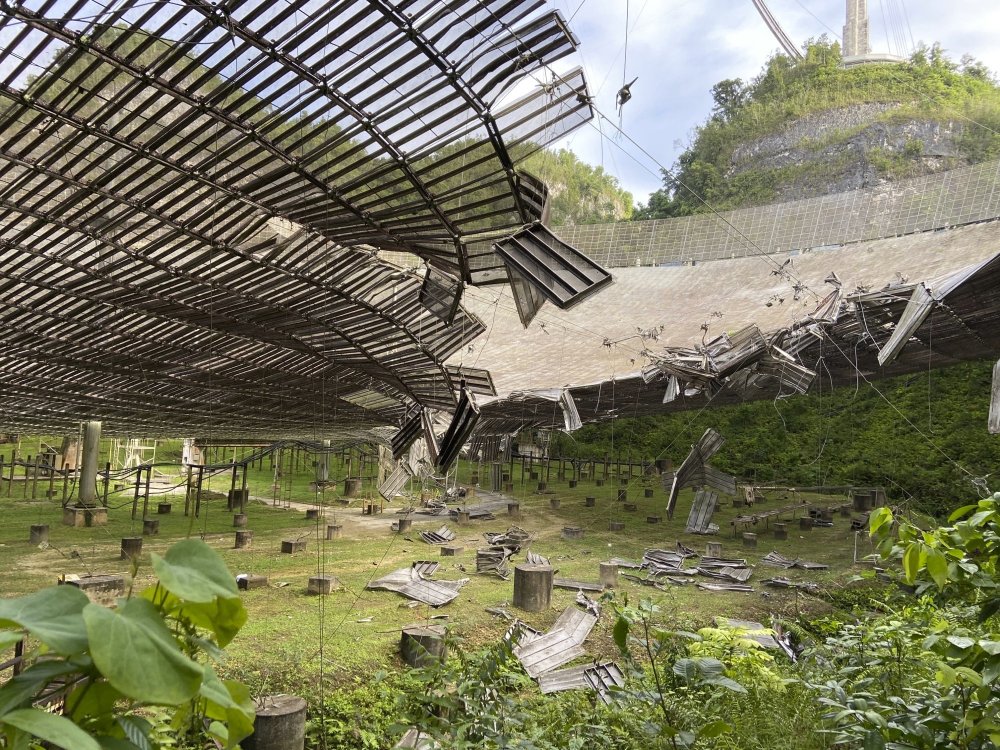A blow to science: Huge Puerto Rican telescope to close
Recently, the National Science Foundation announced that it would close the massive telescope at the famous Arecibo Observatory in Puerto Rico.
The closure has been seen as a setback to scientists worldwide who depend on it to search for planets, asteroids and extraterrestrial life.
Last August, an auxiliary cable broke and tore a 100-foot hole in the reflector dish, damaging the dome above it. A few months later on Nov. 6, one of the telescope’s main steel cables snapped, prompting officials to warn that the entire structure could potentially collapse.
Given the significant damage the dish sustained recently, the private, government-funded agency told AP News of the dangers in maintaining the operations for one of the world’s largest single dish radio telescopes.
NSF officials stated that engineers found that the structure would still be unstable in the long term even if crews were to repair all the damage from past months.
“We understand how much Arecibo means to this community and to Puerto Rico,” Sean Jones, the agency’s assistant director for the Mathematical and Physical Sciences Directorate tells AP.
He said that ideally the objective was to preserve the telescope without placing people at risk, however they found no path forward that permitted them to do so safely.
“This decision is not an easy one for NSF to make, but the safety of people is our number one priority,” Jones explains.
Built in the 1960s – amid a push to develop anti-ballistic missile defenses – the telescope was funded by the country’s Defense Department. In its 57 years of existence, it survived hurricanes, unending humidity and a recent occurrence of strong earthquakes.
Featured in films like Jodie Foster’s “Contact” and the James Bond movie “GoldenEye”, the telescope boasts a vast 1,000-foot-wide (305-meter-wide) dish.
Most importantly, however, scientists worldwide have used the dish along with its 900-ton platform hanging 450 feet above it to track asteroids on a path to Earth, conduct Nobel Prize worthy research and determine if a planet is potentially habitable.



